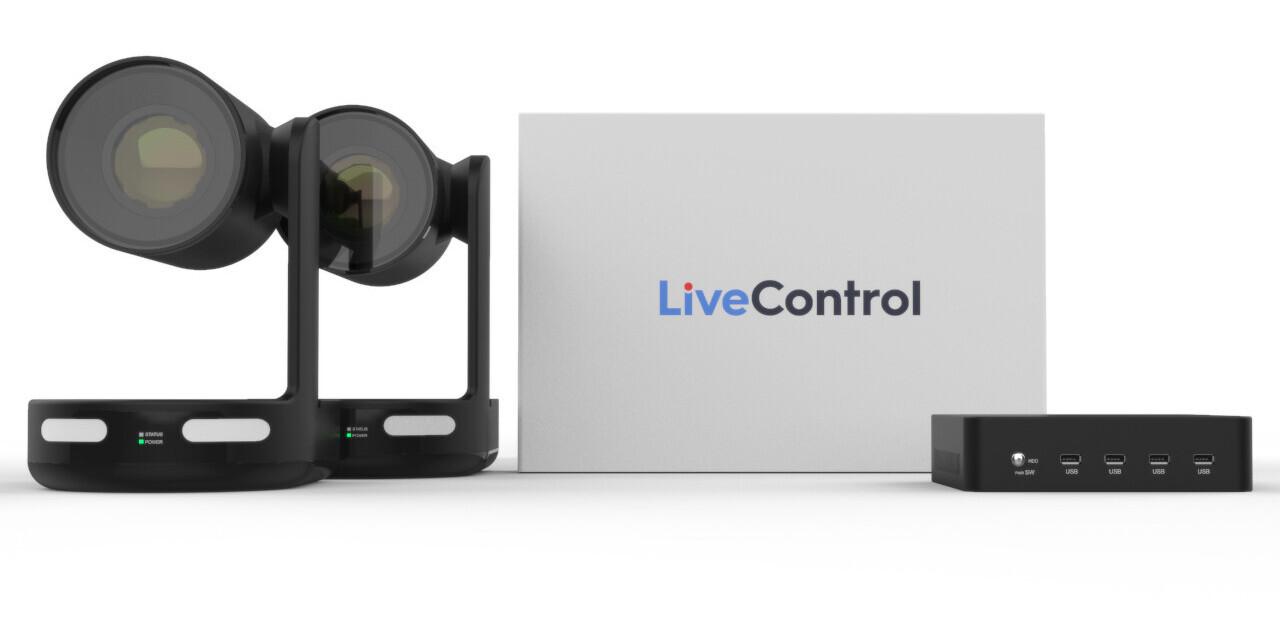
You probably know full well by now that hiring isn’t as simple as posting a job ad. The recruiting world has undergone a seachange in the last few years. Actually, it’s seen several in rapid succession, with each new wave sweeping over the HR landscape bringing with it cutting-edge technology and better, more efficient ways to do recruiting.
One of the first of these waves of change was the shift in the global labor market to being heavily candidate-focused. There are less quality candidates per opening than ever, and this has meant companies have had to shift their strategies to contend with candidates becoming increasingly particular about who they want to work for.
Combine this market shift with the growing reliance on mobile technology, particularly among the upcoming cohort of Generation-Z (the largest to enter the job market ever), and you can start to see why technology follows closely on the heels of these broader changes.
As you might know, social media has had perhaps the greatest impact on recruiting over the last year — but I’ve found it that many companies don’t fully utilize its potential. As one of the primary catalysts of social change around the world, this media’s impact on recruitment cannot be overlooked.
[Read: Betting on remote workers fixed my startup’s talent shortage]
So here’s a few ways you can boost your hiring efforts and make sure your social media presence is tuned into your recruitment needs.
Instant gratification
By now I certainly hope you’ve seen the writing on the Facebook wall and have an active social media presence on the channels that matter to your audience — and remember that potential hires are a part of your audience! But my first question for you is this: Are you monitoring it?
Social media users are accustomed to seeing responses to their posts within hours or even minutes. So if you’re posting and they’re responding, but you’re not there to see those responses you’re losing out on potential candidates.
Use your profile to list your office hours, setting the expectation right up front that you’ll be available and responding during those hours. Then be sure someone is actively monitoring the account so you don’t leave anyone hanging.
And for those of you with a global presence, consider deploying a chatbot so even in your off-hours your audience can get answers to their general inquiries, or acknowledgment of their retweets and likes.
Constant engagement
Remember those Generation-Z folks mentioned above? Not only are they the largest cohort to enter the job market in history, they’re also digital natives who have come of age with a mobile device in their pockets. This state of being constantly “on” follows them from their personal lives right into their work lives as they enter the workforce.
During any available downtime out comes the phone for some swiping and scrolling. For any company looking to stay top-of-mind, it will pay off big time to have a constant presence on the channels your audience is using most. This will require some solid research on your part, which hopefully you already did before deciding which platforms to have that presence on in the first place.
Now, the trick is posting regularly, on a schedule, and ensuring that any likes, comments, or re-posts are responded to. Stay in brand voice for consistency. And if possible, use recruitment marketing automation software so your original posts go out at a uniform time every day, and so they hit people’s stream at the right time for their time-zone.
In-channel support
As long as you’re monitoring your social media presence for comments, etc., you should also watch for and respond to any questions, feedback, or complaints. Doing this in-channel shows your audience that you respect their time, and their decision to connect with you on this platform. And responding in voice lets everyone else know that you value the feedback, even if it’s negative.
This tactic extends to common review sites like Glassdoor and LinkedIn as well. If you see a review there, responding to it can keep the poster engaged, show that you value this type of feedback as well, and remind everyone else of your presence. Again, it’s key to stay in brand voice and not get upset or show any anger toward reviewers, no matter how unfair or one-sided the review may be.
If it gets contentious, suggest to them that it may be better to take it off-line and offer to set up a phone call or video chat to discuss the situation further. This kind of personal attention can often diffuse the situation entirely.
Rich and immersive multimedia experiences
My last two items are closely related, starting with the expectation of multimedia experiences on the part of your audience (aka your potential hires). Whether it’s media posted by large international brands or friends who repost fun new graphics, gifs, or polls, people are coming to expect to see these experiences in their timelines.
By posting videos, infographics, and other mixed-media content you keep your audience entertained and engaged with your company. And there’s no better way to ensure they’re ready to come on board than by providing them with relevant and entertaining content when they look for it.
Keep the content short and to the point. Remember that a majority of your audience is likely scrolling their feed from a mobile device, so that 15-minute keynote speech by the CEO may not fly as well as a quick 2-minute testimonial from an employee highlighting their recent project win. Save the speech for your YouTube channel or special occasions on Facebook.
Interactive experiences
And while you’re at it, creating exciting multimedia content, consider trying out some interactive experiences. Gamification is a big buzzword in HR at the moment, so take any chance you find to get involved. From simple polls, to games that show off your company’s technical acumen, including this sort of content can seriously amp up your potential candidates and get them ready to jump at the first opportunity they find to come on board.
Maybe build a choose-your-own-adventure-style immersive tour of your HQ. Or have your designers develop a lightweight game that riffs on some aspect of your business or sector more broadly. Something like a shooting game where they have to hit the incorrect piece of code. Or toss stuffed animals in the open windows of passing autonomous cars. Have fun with it!
All of these aspects of social media have exploded in popularity in recent months, so getting on board with them ASAP will only solidify your company’s place as the employer of choice for your audience. And with the viral nature of social media content, don’t be surprised if your shooting game gets shared and spread around among their friend circles. Extra bonus points here, as the talent you’re targeting likely knows others who are equally talented in their fields, so each share has the potential to bring in even more high-quality potential talent to join in the pool.
Like what you’ve read? On Growth Quarters, we strive to go beyond generic ‘fortune cookie advice’ and learn directly from the people who have walked the walk. And this summer, at TNW Conference 2020 in Amsterdam, we’ll take Growth Quarters offline again with a vibrant program dedicated exclusively to sustainable business growth. Listen to keynotes from leaders from the world’s most successful companies and get actionable guidance to help you grow professionally. Get early bird tickets now and learn more about the Growth Quarters track.
Get the TNW newsletter
Get the most important tech news in your inbox each week.





